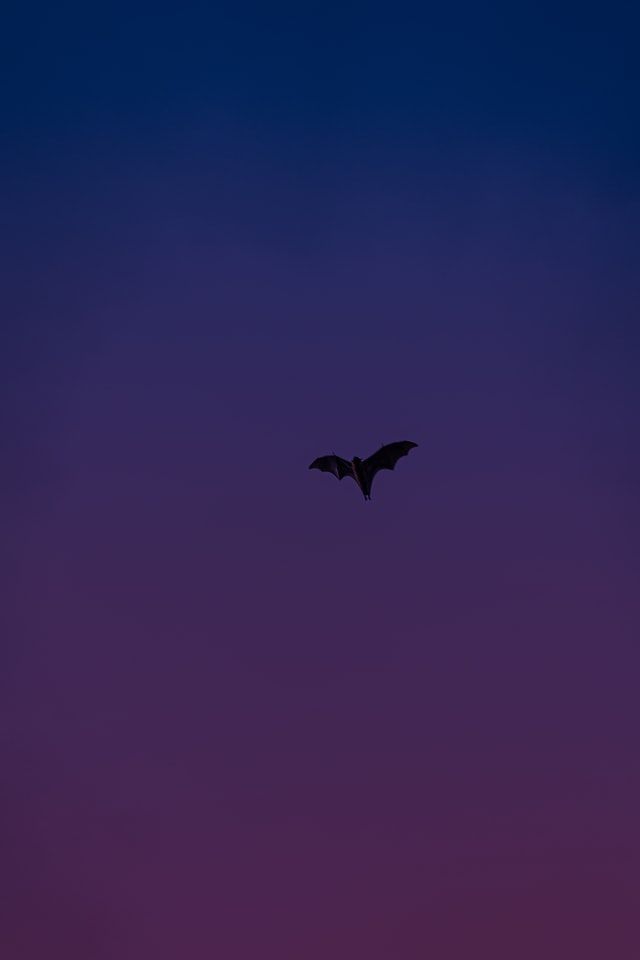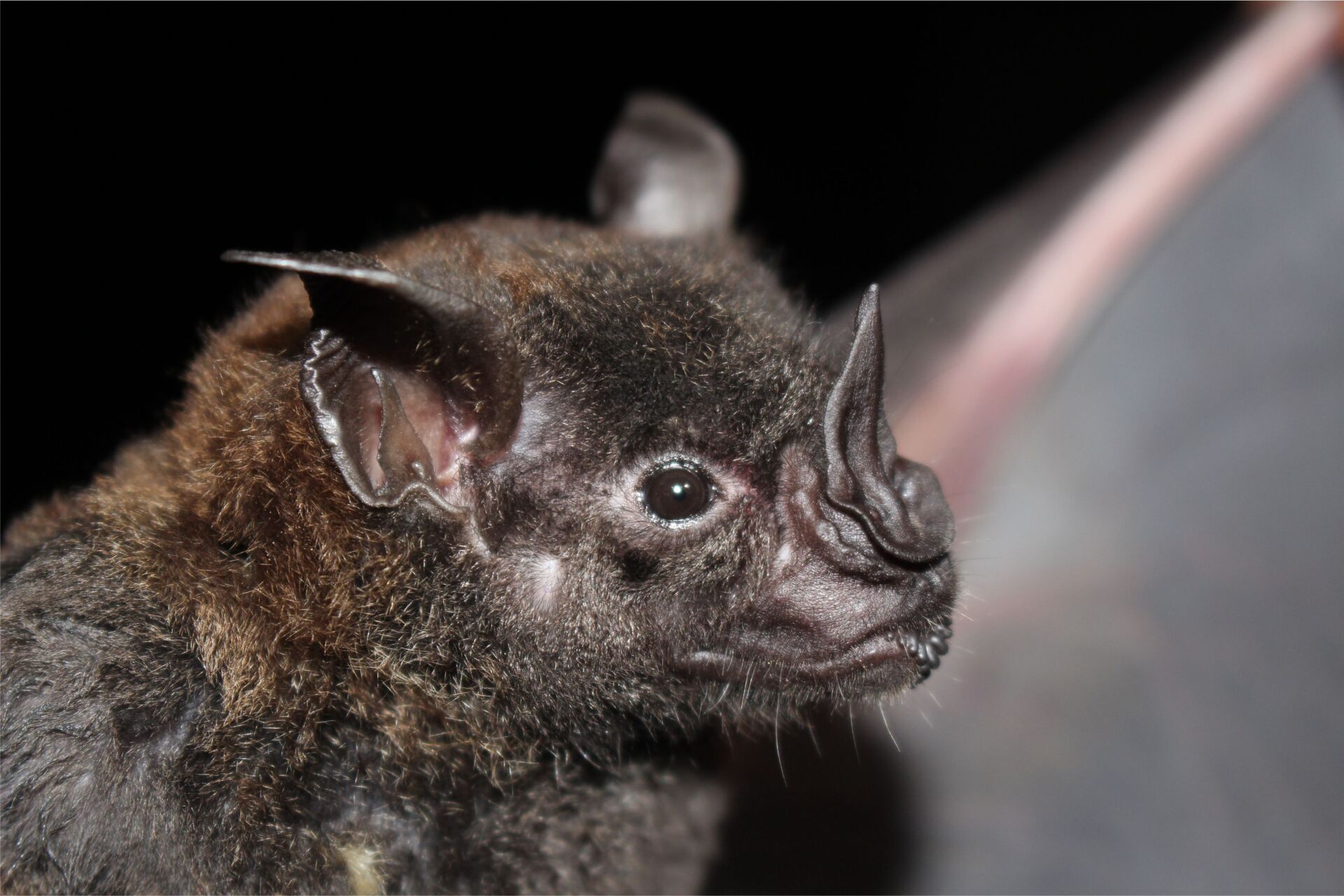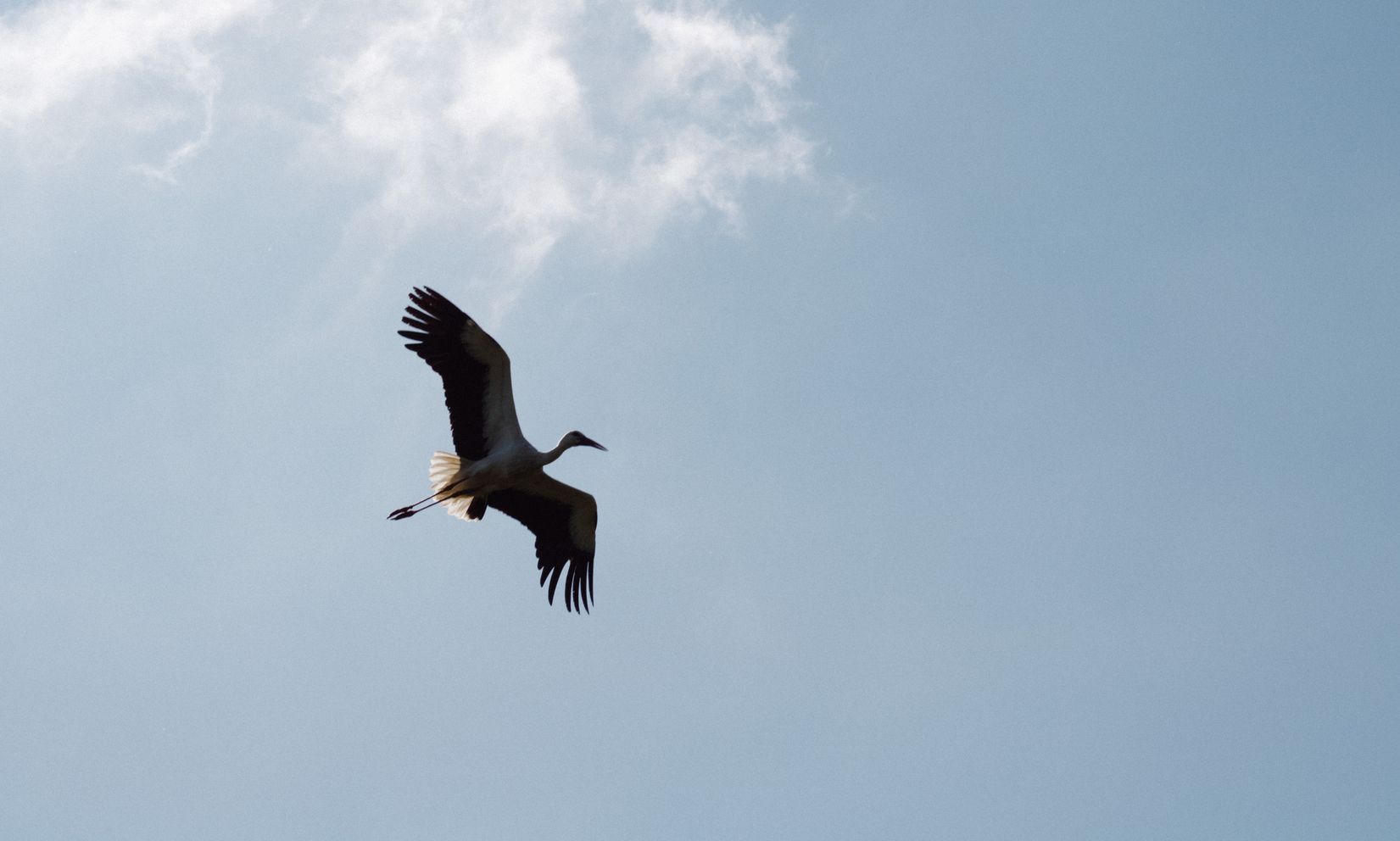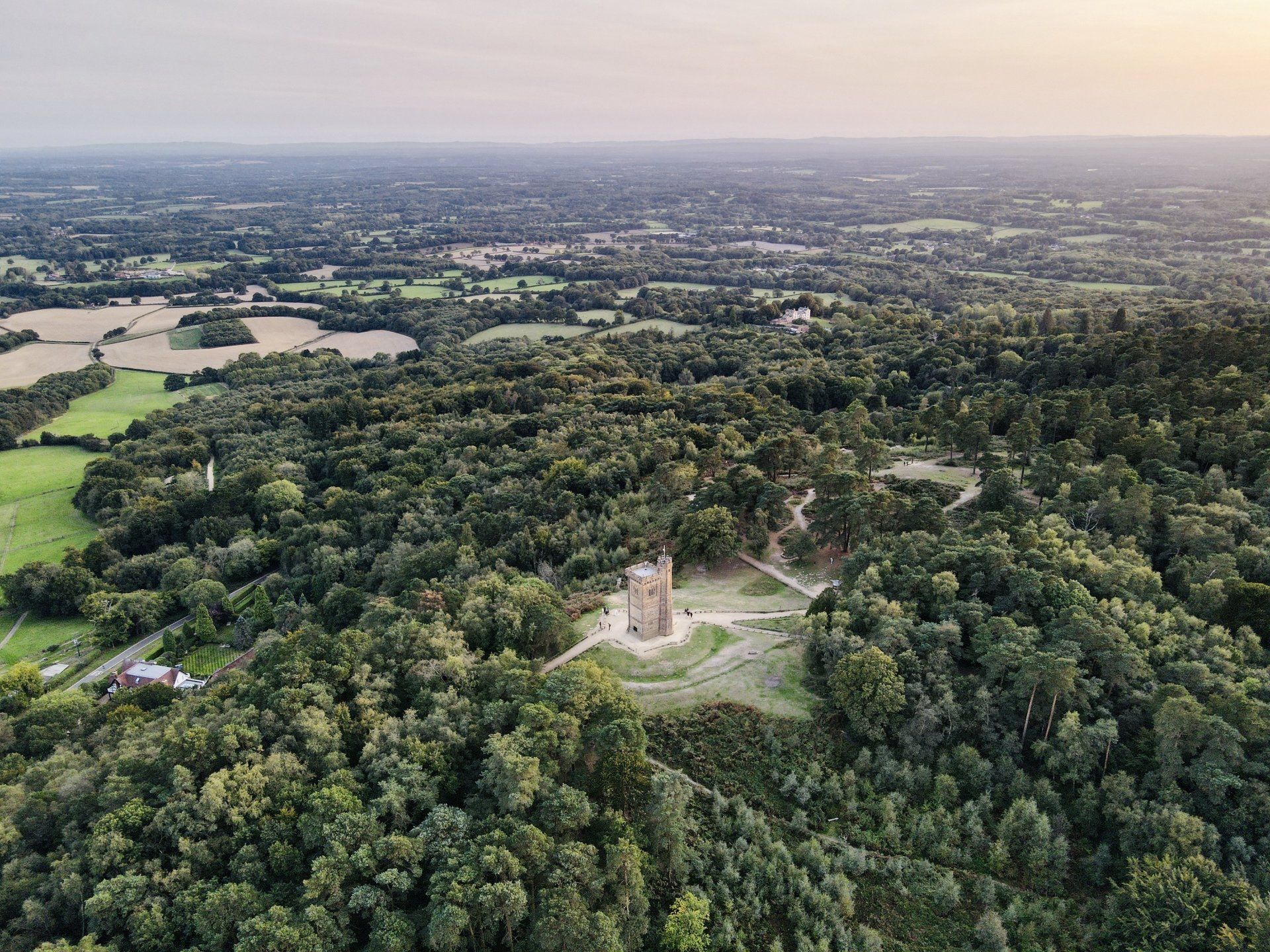The scary truth about bats. (Hint: it's nothing to do with drinking blood)
Post #2 of our Climate & Nature Horror Stories
Bats, like sharks, have got a bad reputation. Peter Benchley, the author of Jaws, spent years trying to rectify the impact his book had on the shark populations of the world, so arguably, Bram Stoker and Stephen King have a lot to answer for. Every time a major pandemic occurs, or lots of people suddenly discover an aversion to garlic and crucifixes, the bats get blamed. If you’re ‘batty’ or the ‘bats are in the belfry’, well, it’s not a good thing.
There is some evidence that justifies this reputation: bats have been responsible for multiple cases of rabies contraction in humans, and they have been suggested as a potential source for major outbreaks of disease such as SARS and Ebola. However, bat defenders would be quick to argue that there is no definitive proof, and that journalistic reporting blows up scientific evidence – turning these ‘potential reservoirs of disease’ into ‘the most dangerous animals in the world.
Bats have been associated with evil far longer than modern science gave any justification for: from the Minyades in Ovid’s Metamorphosis, who went mad and were turned into bats, through to Dante’s Inferno, where Satan takes on the form of a bat, to Shakespeare’s Macbeth, where they provide an essential woolly ingredient for the witches’ brew.
Unfortunately, these fictional prejudices and journalistic hyperbole have very real consequences. Bats have long been persecuted across the world. Places like Cuba and Guinea have seen cases of mass slaughter – where humans have burned down trees where bats were nesting, or sealed caves, causing hundreds of thousands, maybe millions, of bats to be buried alive.
Like all prejudice, fear of the unknown overwhelms rationality and nuance and while bats, like all wild animals who live in close contact with humans, can carry and pass on disease, they are also incredibly beneficial to humans.
Here are some celebratory bat facts:
1. Like a lot of the species we find a bit icky (spiders, frogs etc.), many bats are insectivores, meaning they help to keep the insect population down and stop plagues of locusts going biblical on our crops. This has a huge economic impact: researchers in Indonesia found that bats and birds collectively boosted cacao yields by 31%.
2. Some bat species are nectarivorous, meaning they only drink nectar, and, just like bees, they’re nice and furry, so they get covered in pollen and take it with them on their merry way.
3. Bats, like most flying animals, are really great at dispersing seeds. They eat lots of plants and fruit, carrying their food with them to various locations before defecating out seeds. But what’s special about bats is that their faeces is an amazing fertilizer. In fact, bat guano formed the economic backbone of many Latin American countries before the advent of artificial fertilizers, so much so that in Peru, the mid-19th century is referred to as the Guano Era.
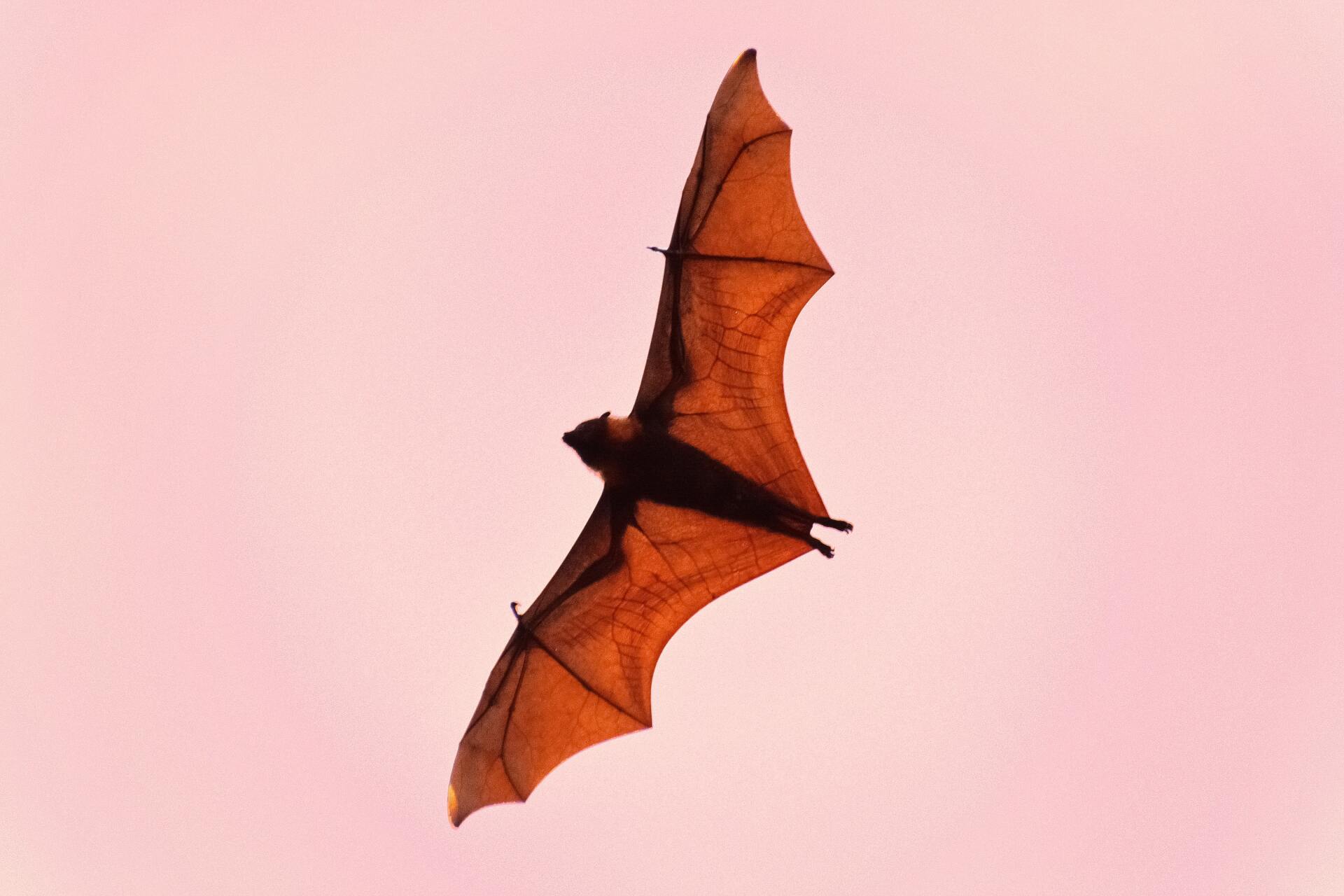
So, why all the hate?
In the light of all their apparent helpfulness, I was left wondering why bats have always been so reviled.
Well, maybe it’s their nocturnal habits. But then nobody ever thought a badger looked like a potential member of the undead… and everyone loves owls. Maybe it’s their ability to use ultrasound to whiz past your head in the darkness without ever colliding with you – anyone who’s walked through the bat enclosure at Chester Zoo will testify to how inferior it makes you feel.
Or maybe, to get a little Freudian, it’s how uncanny they are. Simultaneously recognisable and alien. I’ll let Isabella Tree explain what I mean, as she writes in her book Wilding:
"The visceral recognition of a bat, face to face, is a surprise.
It is not like looking at a bird in the hand, with dinosaur genetics, cold-eyed, beaked and feathered, oviparous, clawed, inscrutable. Here is a warm-blooded mammal, glistening-eyed, with questing nostrils, a complaining mouth revealing tiny pointed teeth and furry body..." -
Isabella Tree,
Wilding
Reading this, I had one of those moments where you notice something – something I already knew but had never considered, and it blew my mind. The humble bat is a mammal, the only mammal that can fly. They have long confused taxonomists who couldn’t decide whether they were more like birds or rodents. How on earth did that evolutionary leap even occur? While the dinosaurs were shedding their scales and growing feathers, did a lonely rodent look up at the sky and think, yep, I want me a piece of that.
In human memory, bats have always been outsiders. They don’t quite fit, and for some reason, despite our supreme intelligence as a species, we don’t like an outsider. So perhaps it’s less about sucking blood (only three of the planet’s 1,100 species of bat are actually vampirical) and more about being warm-blooded.
Because you know the really scary thing about bats? Every single species in Britain is endangered. And, unlike those monochrome teddy bears who get to be the cover boys and girls of WWF, not as many people care about the humble bat.
Across the planet, bats face numerous threats, all of which are exacerbated by humans: from habitat loss, to confusion caused by unnatural lighting, to increasing numbers of domestic cat attacks, to climate change. Because the thing about being warm-blooded is it makes you susceptible to temperature change. In late 2018, at the height of the Australian summer, record-breaking heat of 42C wiped out almost a third of the nation’s spectacled flying foxes – more than 26,000 animals. The bats were unable to cool themselves down and simply died from heat exhaustion.
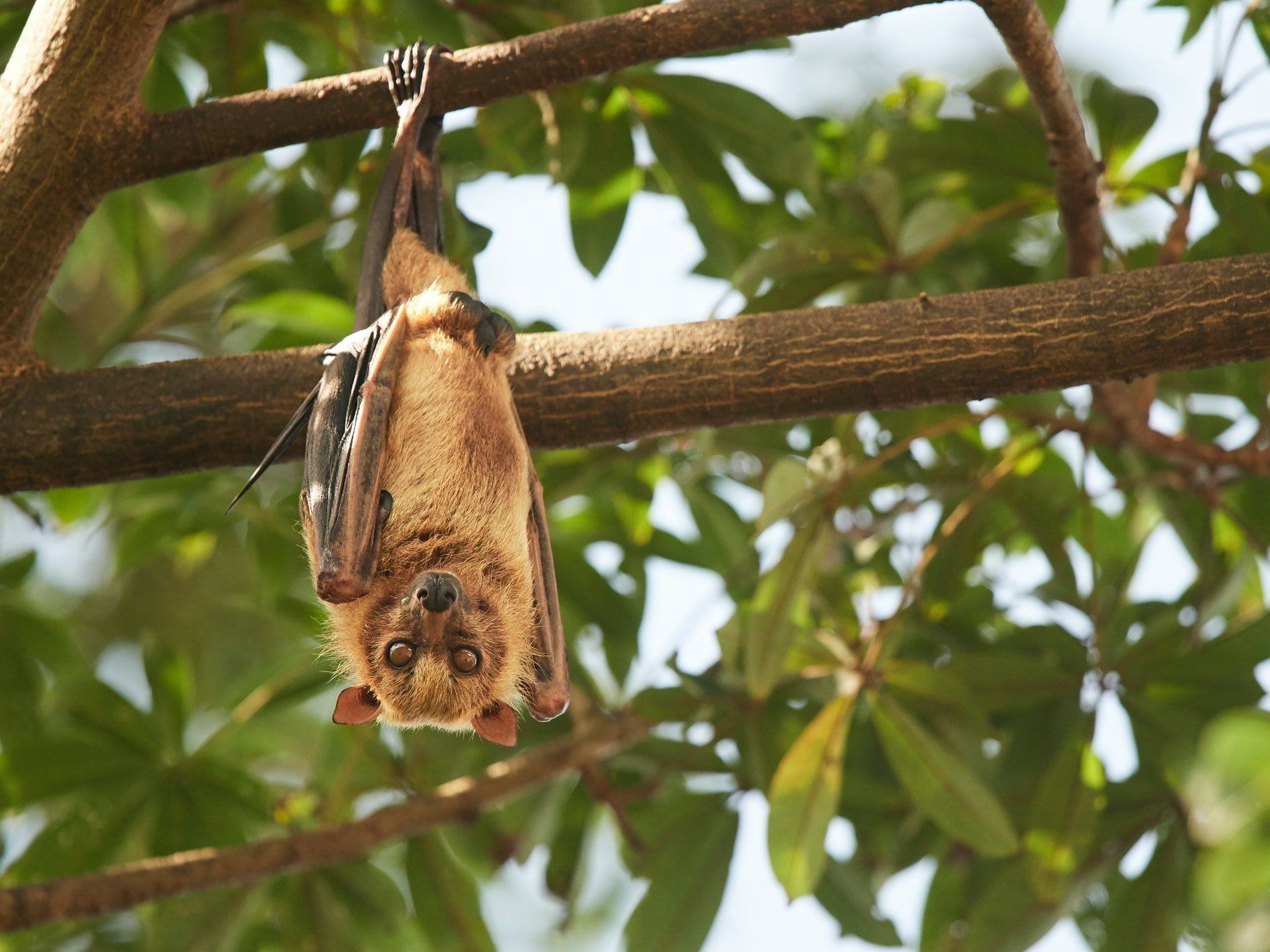
Of course, the issue isn’t specific to bats, but because they tend to congregate in built-up environments a concentrated number of them dying is more apparent. For many ecologists, these mass die-offs have been interpreted as a warning sign of serious environmental stress – you can think of the bat as a canary in the coal mine – and climate change projections suggest the problem is only going to get worse.
So when you get your bat wings out this Halloween, spare an admiring thought for this humble outsider – with its eagle wings and rodent body, the echolocation skills of a nuclear submarine and the tiny, warm-blooded heart of you and I. The bat isn’t the perpetrator, it’s yet another victim of the terrifying changes that are happening on our planet.
References and further reading:
- Crees Manu, ‘Expert bat facts to dispel a bad rep’
- Mongabay, ‘Bats and viruses: Beating back a bad reputation’
- Batcon, ‘Climate change and bats’
- BBC, ‘How one heatwave killed ‘a third’ of a bat species in Australia’
- Isabella Tree, Wilding (London: Picador, 2018)
Share the love




